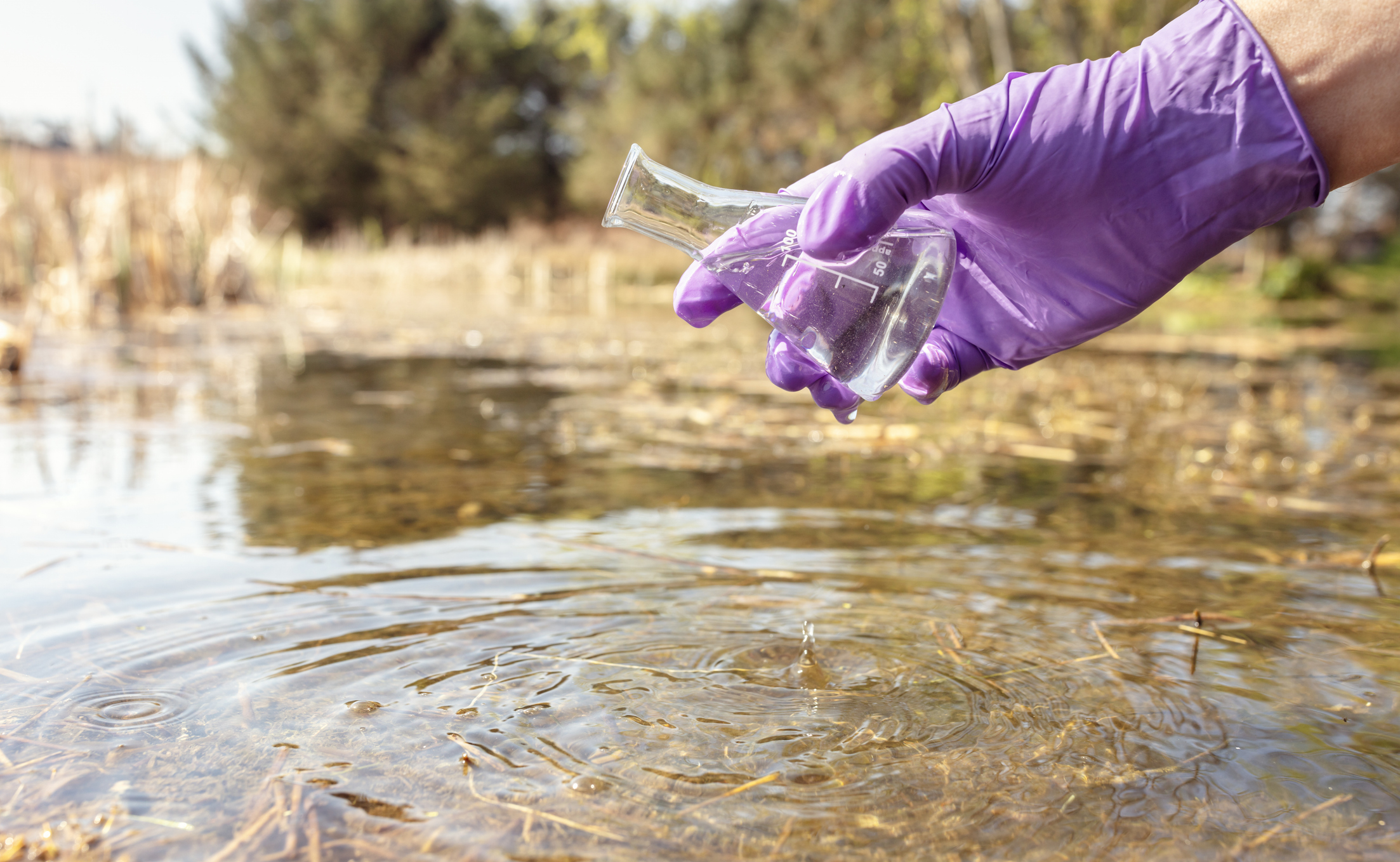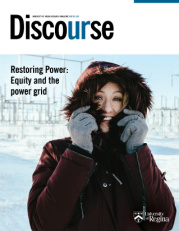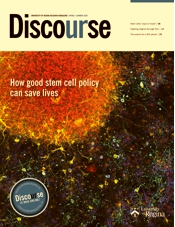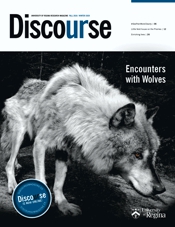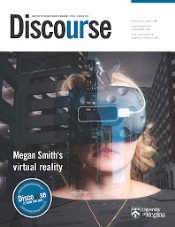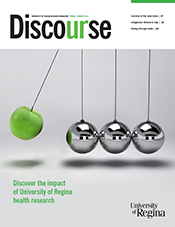U of R researcher receives funding to create safe and sustainable waste strategies for SMRs.
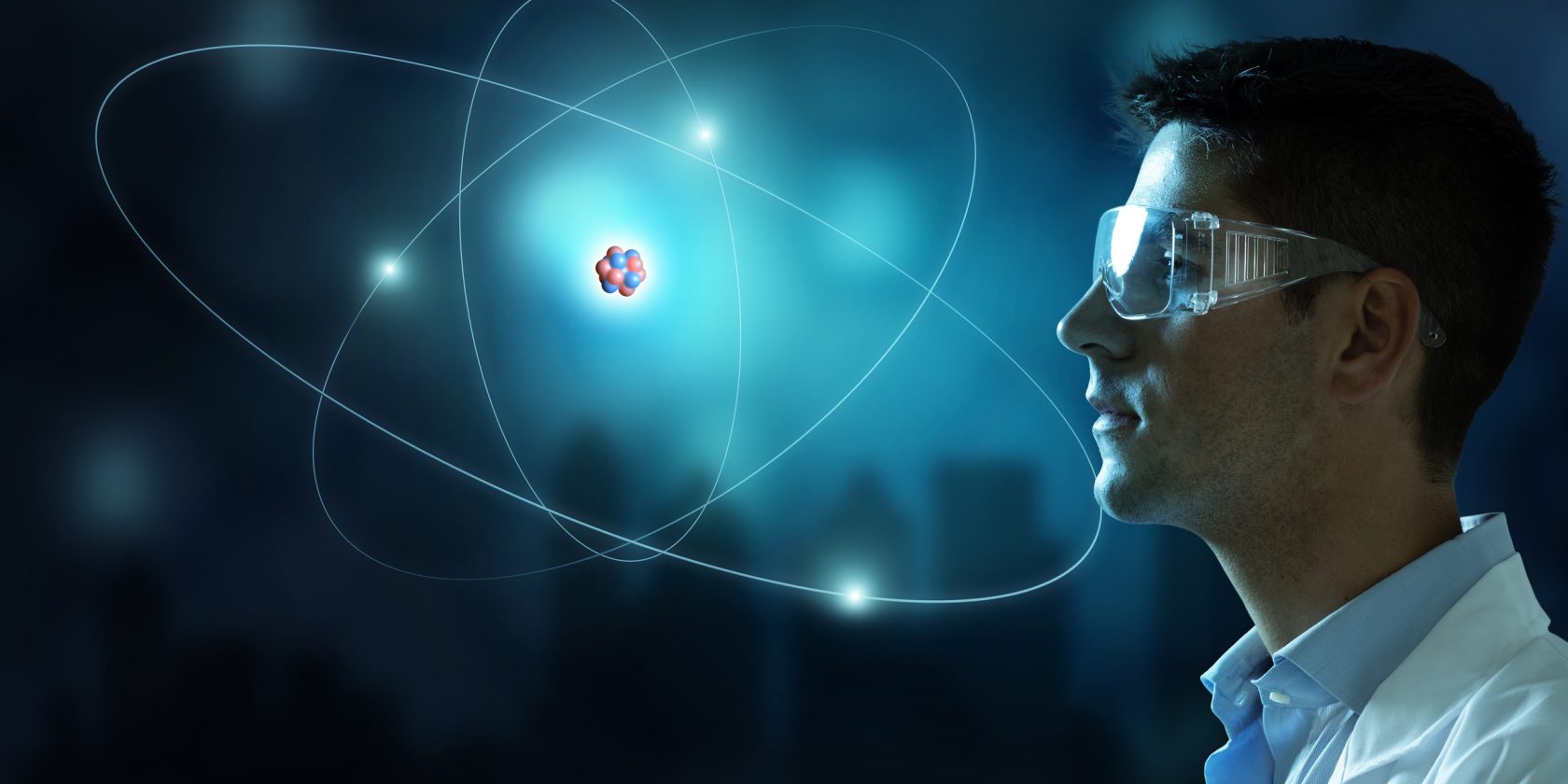
The world urgently needs a solution to our greenhouse gas emissions problem. According to Dr. Arthur Situm, Canada Research Chair in Small Modular Reactor Safety and Licensing at the University of Regina, nuclear energy is one of the best tools in our toolbox for the job.
“Nuclear power emits no greenhouse gasses. It produces baseload power, meaning its power does not risk dropping off like a weather-dependent power source, such as wind. This also means it doesn’t require a fossil fuel backup or use expensive storage options,” says Situm, an engineering assistant professor.
Situm says that jurisdictions like Ontario, France, and Sweden have largely decarbonized their electrical grids using nuclear power. “And while conventional, full-sized nuclear reactors are too large to be accommodated on the Saskatchewan power grid, small modular reactors (SMRs) are the right size,” says Situm.
But what exactly is an SMR?
Situm says an SMR is a nuclear power reactor that produces from as little as five megawatts up to 300 megawatts of electricity, which is around the size of Saskatchewan's newer coal power plants, such as Boundary Dam Unit 6.
“Individual components are created within factories, then assembled on-site. And while there are different SMR designs being developed, they are all based on producing heat to spin a turbine to spin a generator to produce electricity,” says Situm. “In addition to the electricity generated, the heat produced can also be used to offset other heating options, which are often fossil fuel based.”
Situm says that like other power sources, SMRs produce waste, albeit very small volumes when compared with the energy generated. But, unlike other power sources, all waste from nuclear reactors is captured and safely contained.
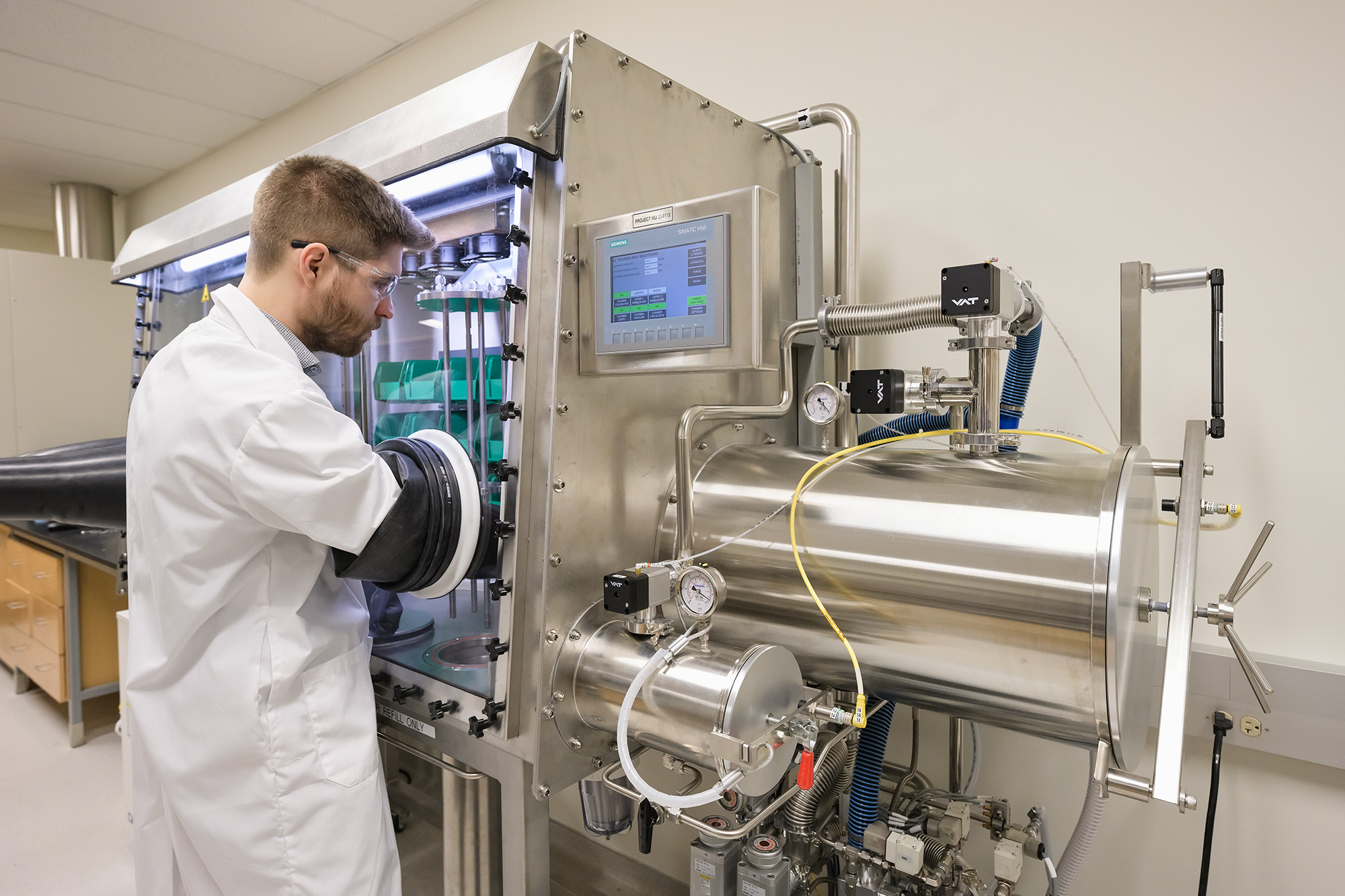
Powerful partnerships
With more than $1.3 million in support from a partnership between the Natural Sciences and Engineering Research Council (NSERC) and Natural Resources Canada (NRCan), figuring out strategies to safely manage that waste is precisely what Situm and his team are working on.
“The federal government is committed to building a net-zero economy that provides clean electricity, economic growth, and good jobs for all Canadians. This means more economic opportunities in the energy sector for provinces such as Saskatchewan, which are exploring nuclear energy as a possible source to power its grid. Nuclear research and training at universities such as the University of Regina will help make new nuclear jurisdictions such as Saskatchewan successful. I congratulate Dr. Situm for his role in advancing this exciting work,” says the Honourable Jonathan Wilkinson, Minister of Energy and Natural Resources.
Canadian Nuclear Laboratories (CNL) and SaskPower are also part of this research project.
SaskPower experts, focused on future planning for radioactive waste management, are integral to this project, and the partnership supports SaskPower's strategic initiatives and provides valuable training for students, preparing them for future roles in the nuclear sector.
“SaskPower is pleased to collaborate with Dr. Situm on this initiative, which aligns with our commitment to innovation and environmental stewardship. We look forward to leveraging results from this research in the long-term as our SMR project advances,” says Len Clewett, SaskPower’s executive vice-president of Nuclear Development.
Waste management
“Ultimately, the goal is to develop strategies to manage the radioactive waste produced by the SMRs that may be deployed in Saskatchewan,” says Situm.
Waste management from SMRs consists of creating and implementing plans for managing the generation, collection, transport, and storage of the waste.
“Safe long-term management and disposal of radioactive waste has always been a high priority issue for the nuclear industry. The NRCan-NSERC Alliance Initiative provides a great opportunity for researchers within the University of Regina to access the expertise and facilities within Canadian Nuclear Laboratories (CNL), Canada’s national nuclear laboratory, and collaboratively address this challenge. Together, we are working to advance small modular reactors closer to deployment,” said George Xu, technical manager, Isotopes Radiation and the Environment, CNL.
“A lifetime of electricity usage for one person would only generate enough used nuclear fuel to fit into one pop can.”
Situm and his team will look at a range of factors, including the amount of waste that will need to be managed, developing potential designs of a repository for objects with only trace levels of contamination, studying the behaviour of advanced fuels in long-term disposal conditions, and the public's views on potential waste management strategies.
“Nuclear tends to capture the imagination. Movies like Oppenheimer, or shows like Fallout or HBO's Chernobyl, while very entertaining, leave the impression that nuclear power is dangerous. The reality is that nuclear technology in Canada is tightly regulated, and Canada's nuclear power plants are among the safest industrial sites in the world, not just for the public, but also for the workers that operates them,” says Situm.
Situm says that one of the more surprising aspects of nuclear power is just how little waste it produces.
“For example, a lifetime of electricity usage for one person would only generate enough used nuclear fuel to fit into one pop can, compared to 93,480 pounds of coal or 608,440 cubic feet of natural gas and their associated greenhouse gas emissions,” says Situm.
The next generation
Another important feature of this project will involve training the next generation in SMR technology, helping ensure there are trained professionals ready to meet the demands of the nuclear industry as it continues to evolve.
“Working with both undergraduate and graduate students is an investment in the future. It equips them with the knowledge and skills they’ll need to tackle tomorrow’s energy challenges, promotes environmental sustainability, drives economic growth, and ensures safety and innovation in the nuclear sector,” says Situm.

